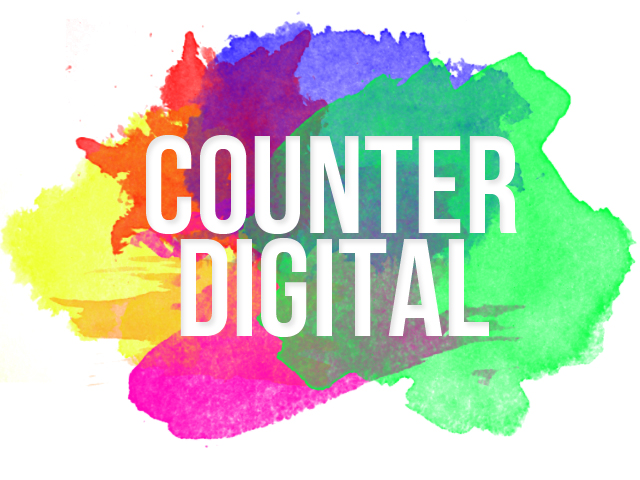Recently I had a conversation with a friend who was eulogising about the benefits of having an Amazon Dash Button connected to their fridge at home.
For the uninitiated, the Amazon Dash Button is the latest brainchild of Jeff Bezos’ team and falls under the category of an “Internet of Things” product. Essentially this button lets any user simply reorder a product with one simple click – nothing more, nothing less.
A general rule of thumb in the web 2.0 world is that a customer should be no-more than “three clicks” away from exactly what they want on your website at any one time. The Amazon Dash Button crushes that level of efficiency and thus pushes the consumer journey on yet another step.
So far so good. Right?
From a practical point of view this sounds perfect for the consumer. They get exactly what they want with minimal fuss.
The dark side, however, is that we enter product or brand echo chambers from which we never escape without proactive action.
Think of the echo chamber issue that’s currently impacting social media, news and politics and then multiply it into every other facet of your life and beyond.
Products of the Near Future
As briefly mentioned above, the Amazon Dash Button is already here. You can buy multiple variations for different parts of your home (fridge, washing machine, bathroom etc.), set it up via your smart device and Amazon account, and never again go without your favourite brands.
Current options include the ability to re-order Heineken beers, Dettol bleach, Duracell batteries, Listerine mouthwash and so much more.
Next up is British Gas’ Hive product. Hive is a smart home heating system that, once installed, allows you to control your home temperature, turn heating on and off and control hot water all from the screen of your smart device, no matter where you are.
Another interesting smart, Internet of Things, product is the FitBark.
It might be pretty obvious but, if you haven't already guessed it, the FitBark is essentially the FitBit for dogs and it’s yet another example of smart products entering every facet of our lives, and this is just the beginning!
Why Branding is Critical
With all of that in mind, branding is becoming even more crucial than ever before.
Imagine a world where a household only drinks and reorders (through one simple button click) one type of beer. No more competition for shelf space at the supermarket or local off-license, no-more price promotions to entice new customers…
Just one beer bought over and over again through the power of that one initial message, campaign or advertisement that cut through the noise and converted.
That’s what we’re potentially talking about in a product echo chamber world and the same scenario can be replicated over and over again. One gas supplier, one toothpaste, one mouthwash, one dog product brand, on and on and on…
Product and brand monopolies aren’t new ideas but this level of convenience paired with the monopolisation of our data, on personal, public and societal scales, means top-level branding and consumer awareness is becoming even more important than ever before.
Moving Forward
Feeling gloomy? Don’t be!
This is just the latest business challenge and the best always overcome and succeed.
This new and developing Internet of Things reality simply means a re-focusing and doubling down on branding is an essential part of any consumer brand strategy.
From a practical point of view it means focusing on developing brand, creating awareness and capturing attention via social media (where modern attention primarily exists) and other key channels. It means tapping into consumer wants and needs more than ever before, delivering a brand story that aligns with customer values and resonates over time, and it means providing the highest quality possible because these product echo chambers will most likely reward quality alongside, or potentially above, price.
The Internet of Things is here, the first and second waves of products is also here but in the fantastic words of Ray Dalio (billionaire investor) just remember - “If you worry, don’t worry and if you don’t worry, worry!”



